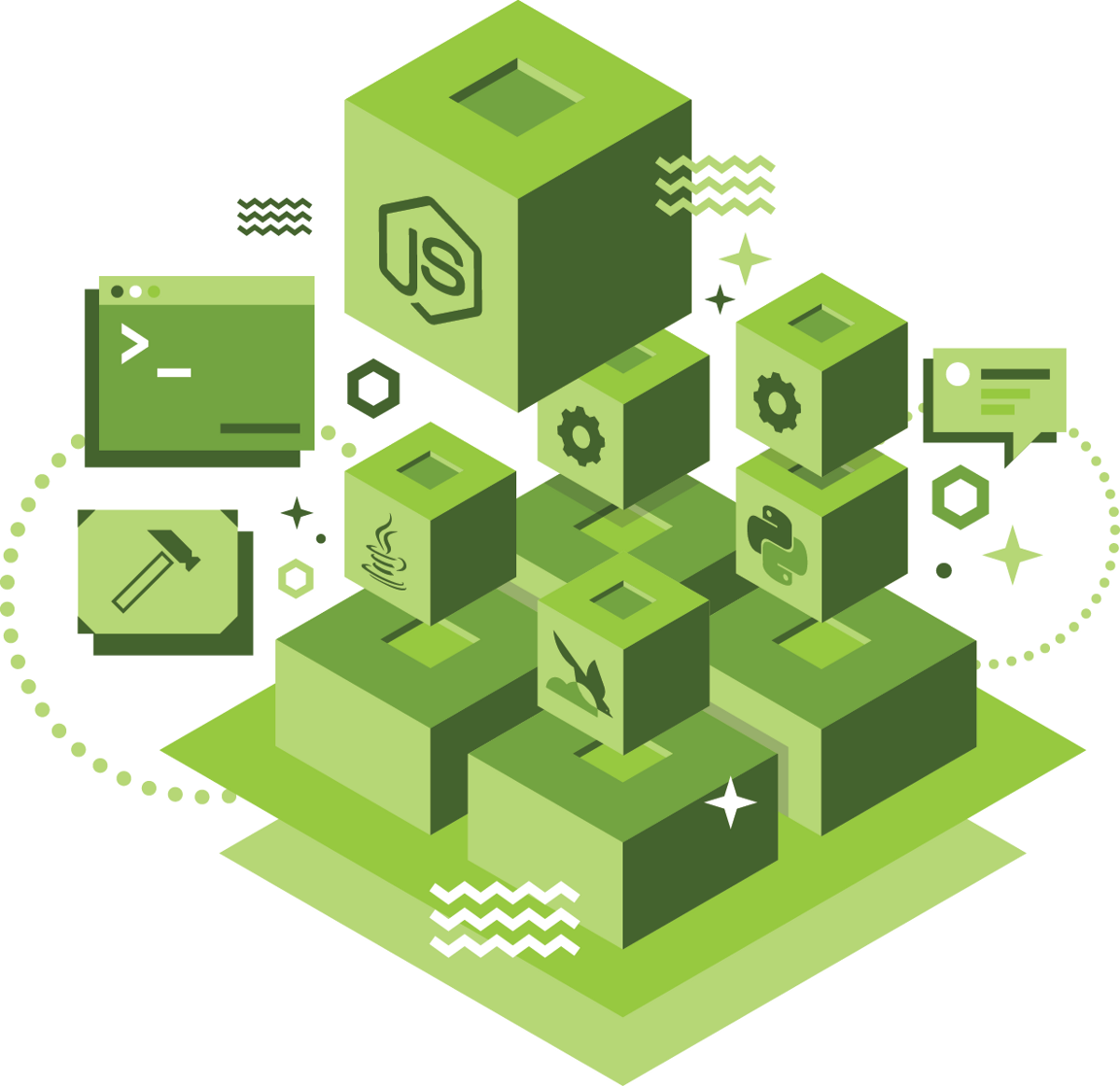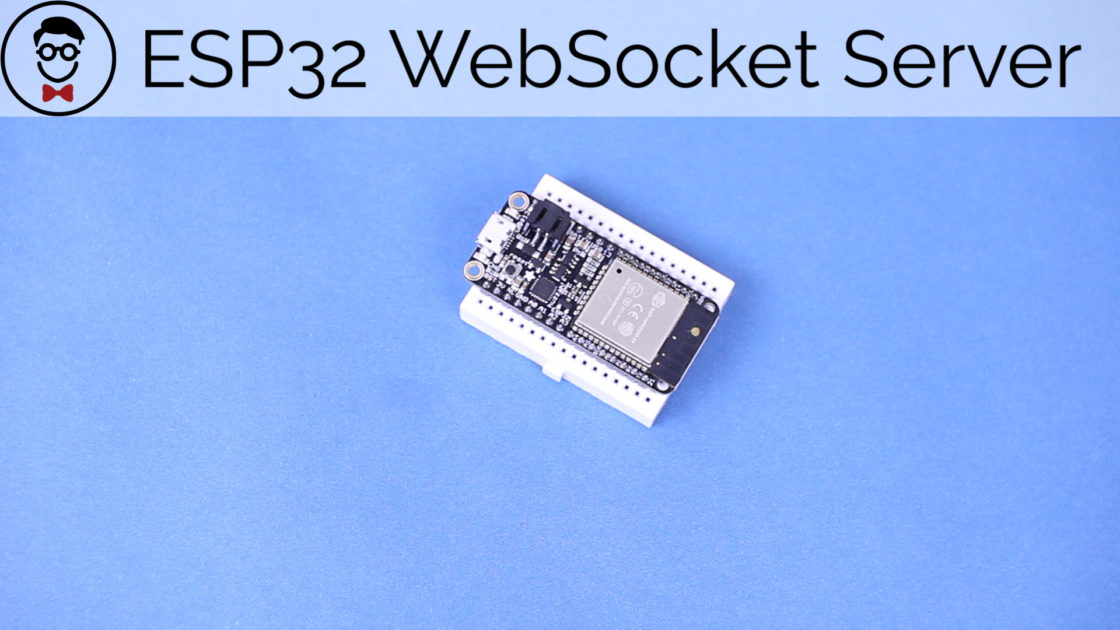
It will register the route /users/login as the login page. This includes the Okta middleware, which uses the variables in your. When the server is started, it registers your various middleware and dependencies. This file does a lot of the legwork getting the application set up. For now, install the packages with the following commands. It’s easy to configure the middleware, but you will do that later. These two packages make integrating Okta’s authentication into your application simple. Next, you will want to install your dependencies.įirst, you will need Okta’s Node.js SDK and the OIDC middleware. You will need to walk through the instructions that follow. Navigate to that folder and enter the command npm init. Start by opening your favorite IDE and use the command mkdir to create a folder for your project. Make note of your Client ID and your Client Secret, since you will need this in your application. See Create a Web App for more information. NOTE: You can also use the Okta Admin Console to create your app.

Your Okta domain is the first part of your issuer, before /oauth2/default. You will see output like the following when it’s finished:Įxport OKTA_OAUTH2_ISSUER = "" export OKTA_OAUTH2_CLIENT_ID = "0oab8eb55Kb9jdMIr5d6" export OKTA_OAUTH2_CLIENT_SECRET = "NEVER-SHOW-SECRETS" It will add the redirect URIs you specified and grant access to the Everyone group. The Okta CLI will create an OIDC Web App in your Okta Org. Then, change the Redirect URI to and accept the default Logout Redirect URI of What does the Okta CLI do? Select the default app name, or change it as you see fit. If you already have an account, run okta login. Install the Okta CLI and run okta register to sign up for a new account. Create Your Okta Appīefore you begin, you’ll need a free Okta developer account. To authenticate the socket communication, you will issue a JSON Web Token (JWT) to the client, and validate it when the client attempts to open the socket.

You will also learn how to set up Okta for authentication. Express is the most popular web framework for Node.js. Node.js is an event-driven JavaScript runtime that has made JavaScript one of the most popular back end languages. For the server, you will use Express on Node.js. In this tutorial, you will learn how to create a small chat room web application that will keep track of the users in the room and send messages using WebSockets. Since sockets don’t use HTTP they can eliminate the overhead that comes with HTTP for low latency communications.

This method of communication works outside of the HTTP request/response paradigm that has existed since the earliest days of the internet.

WebSockets is a technology for communicating between the client and the server in a web application, where an open socket creates a persistent connection between the client and the server.


 0 kommentar(er)
0 kommentar(er)
